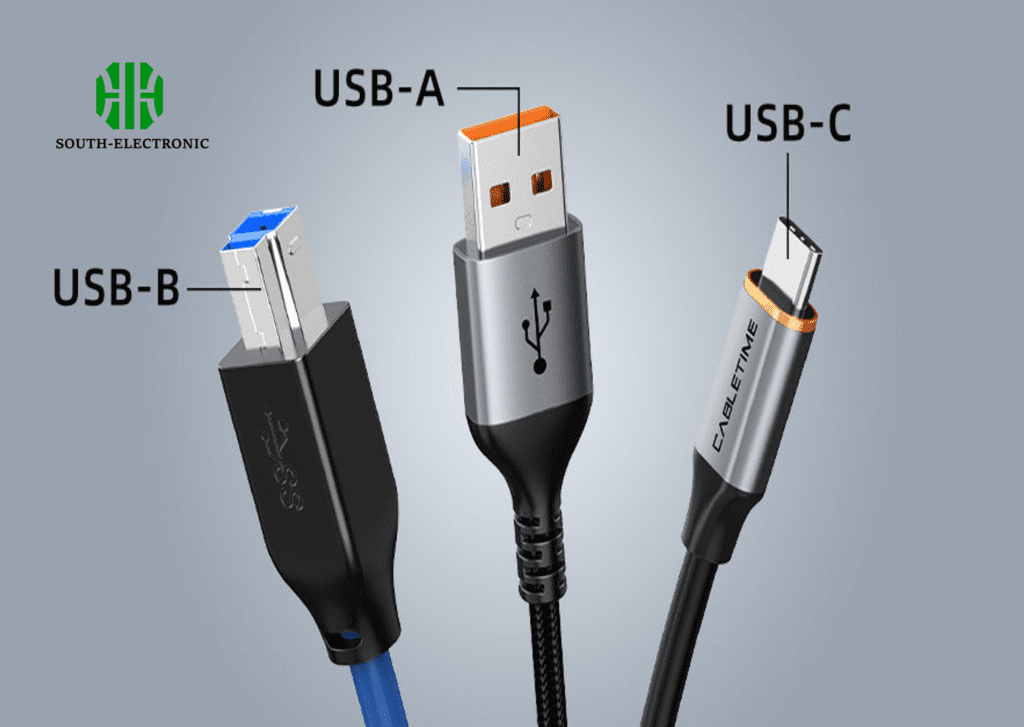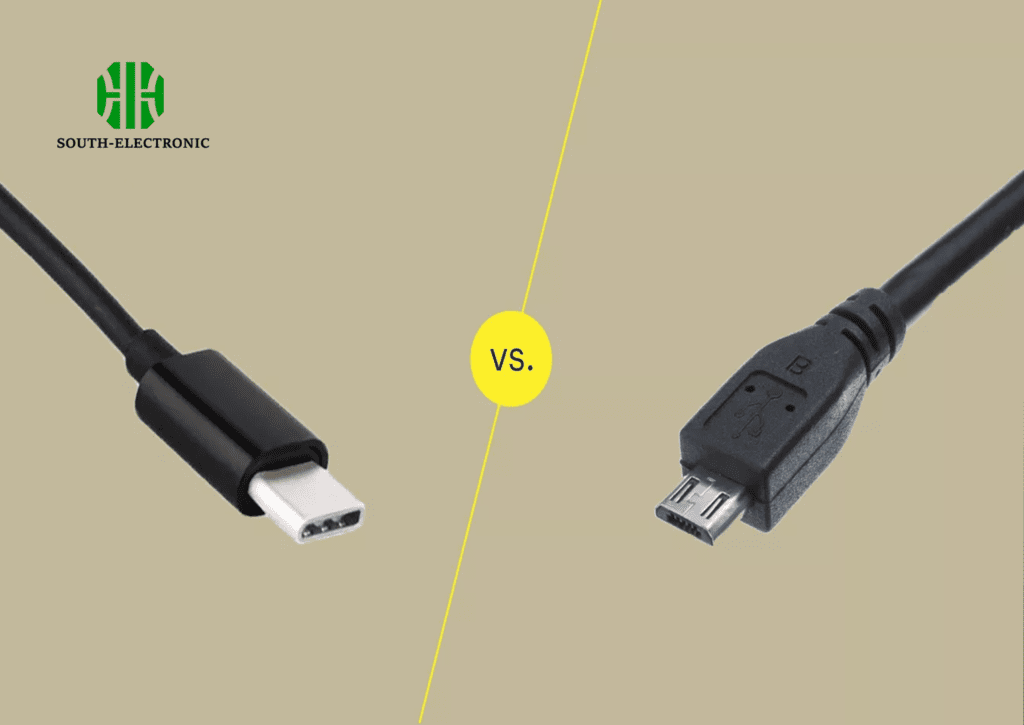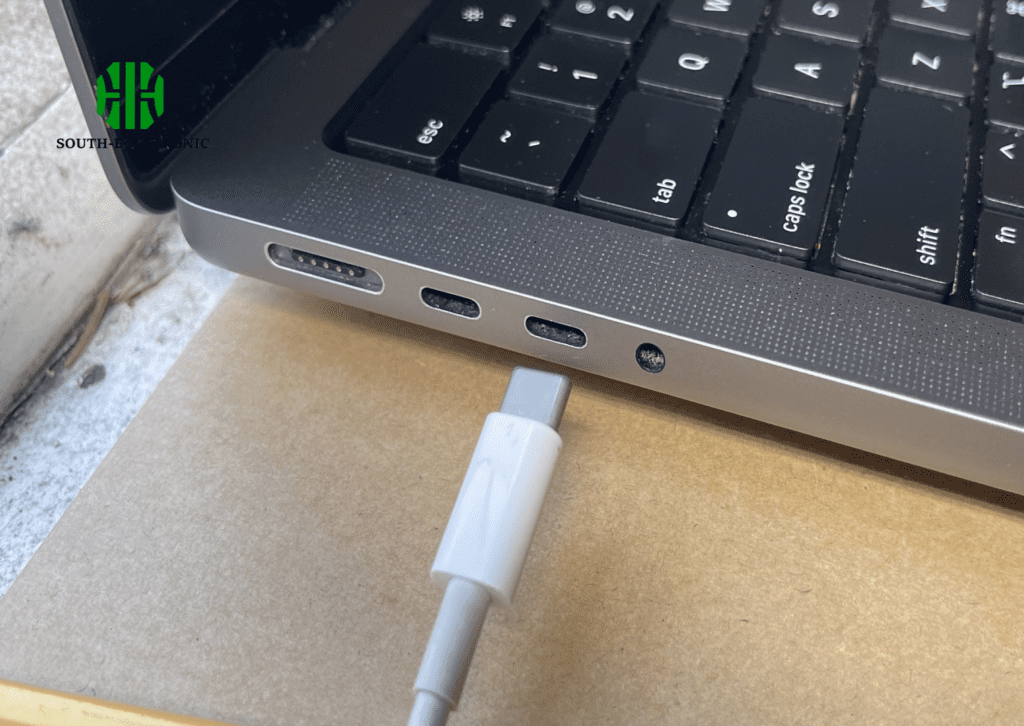What is USB-C?
USB-C, also known as USB Type-C, is a 24-pin USB connector system allowing for both power delivery and data transfer. It is reversible, meaning it can be plugged in either way, eliminating the frustration of incorrect orientation common with previous USB types.
Its versatility, enhanced power delivery, and high-speed data transfer capabilities make it an essential component of modern technology. This guide delves into the intricacies of USB-C, exploring its specifications, benefits, applications, and future prospects.

Technical Specifications
USB-C is rapidly becoming the universal standard for connecting and powering devices:
- Data Transfer Speeds: USB-C supports various protocols, including USB 3.1, USB 3.2, and Thunderbolt 3, providing data transfer speeds up to 40Gbps.
- Power Delivery: It can deliver up to 100 watts of power, making it suitable for charging laptops, smartphones, and other high-power devices.
USB-C has several advantages over its predecessors, such as USB-A and USB-B:
| Feature | USB-A | USB-B | USB-C |
|---|---|---|---|
| Reversible | No | No | Yes |
| Max Data Speed | 480 Mbps | 480 Mbps | 40 Gbps |
| Max Power Delivery | 2.5 W | 4.5 W | 100 W |
| Size | Large | Medium | Small |

What was the charger before Type-C?
Before USB-C, Micro-USB was the most common connector for smartphones and other small devices. However, it lacked the power and data capabilities of USB-C.Here’s a breakdown of their key differences:
- Shape: USB-C has a symmetrical, reversible oval shape, allowing you to plug it in any way without worrying about orientation. Micro USB, on the other hand, has a distinct shape that is asymmetrical, requiring it to be plugged in a specific way.
- Performance: USB-C supports faster data transfer rates and higher power delivery compared to Micro USB. It can facilitate the USB 3.1 standard, which allows for data transfer rates up to 10 Gbps and power delivery up to 100 watts. Micro USB generally supports USB 2.0, which has a maximum data transfer rate of 480 Mbps and lower power output.
- Compatibility: USB-C is designed to be a universal standard and is used for a wide range of devices, including smartphones, laptops, tablets, and more. It’s increasingly used in new devices across different platforms. Micro USB, while still common in many devices, is more limited and has been increasingly replaced by USB-C in newer devices.
- Versatility: USB-C not only handles data transfer and power delivery but also supports video and audio outputs, which Micro USB does not.

Advanced Features of USB-C
1.EPR (Extended Power Range)
Extended Power Range (EPR) enhances USB-C’s capabilities by allowing power delivery up to 240 watts. This feature is crucial for powering more demanding devices such as gaming laptops and high-performance workstations.
2.PPS (Programmable Power Supply)
Programmable Power Supply (PPS) allows for dynamic adjustment of voltage and current, optimizing charging efficiency and device performance. PPS is particularly beneficial for smartphones, ensuring they charge quickly and safely.

Challenges and Limitations
1.Mechanical Robustness
While USB-C is designed for durability, issues such as port wear and damage can occur with frequent use. Ensuring high-quality connectors and cables is crucial for longevity.
2.Compatibility Issues
Some older devices may not be compatible with USB-C, necessitating the use of adapters. Additionally, proprietary standards and DRM can limit the functionality of USB-C cables and ports.
3.Adoption and Standardization
Despite its advantages, USB-C adoption has been gradual. Efforts towards universal standardization are ongoing to ensure consistent performance and compatibility across devices.
Can USB-C replace HDMI?
USB-C can indeed replace HDMI in many scenarios, thanks to its versatility and support for various protocols, including video output. USB-C ports that support DisplayPort Alt Mode can transmit video and audio signals, allowing you to connect devices to displays such as monitors, TVs, and projectors without needing an HDMI cable.
USB-C is transforming how we connect and power our devices, offering unprecedented speed, efficiency, and versatility. As adoption continues to grow, USB-C will play a crucial role in shaping the future of technology, providing a universal solution for connectivity and power delivery.



